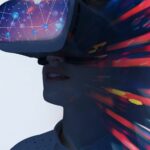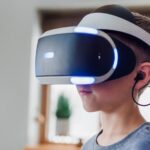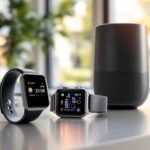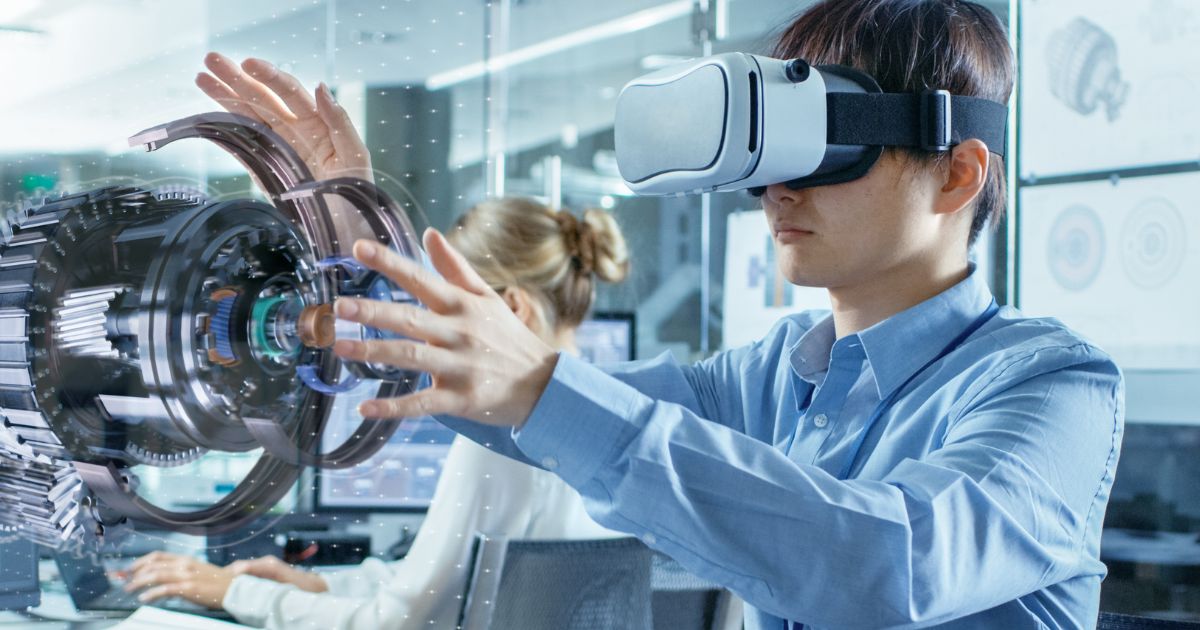
Virtual reality (VR) is no longer just for games. It is transforming many parts of life. From education to healthcare, VR is showing its power. Even industries like sports betting are exploring VR to create exciting experiences.
VR in Schools
VR is making classrooms exciting. Students can visit ancient cities or explore the ocean. They can learn about space or human biology in a hands-on way. This technology helps every student enjoy learning.
Improving Healthcare with VR
Doctors use VR to practice surgeries safely. Patients use it to ease pain during recovery. Therapists use VR to treat phobias in safe settings. These tools make healthcare better for everyone.
Fitness in Virtual Worlds
Exercising in VR is fun. People can box, cycle, or do yoga in virtual spaces. Athletes use VR to improve their skills. These options make staying active more interesting.
VR in Art and Culture
Art museums now offer virtual tours. People can see famous paintings without leaving home. Musicians create VR concerts where fans feel close to the stage. VR breaks barriers and brings art to everyone.
Helping with Emotional Health
VR can help people heal emotionally. It creates safe spaces to face fears or trauma. Therapists use it to guide patients through difficult feelings. This technology makes therapy more accessible and effective.
Barriers to VR Access
Not everyone can afford VR. The devices are expensive and hard to get. Schools and communities with fewer resources are left out. Making VR affordable should be a goal for all companies and governments.
Changing Workplaces with VR
VR lets people work together from different locations. Virtual offices make teamwork easier. Businesses train employees in VR to save money and time.
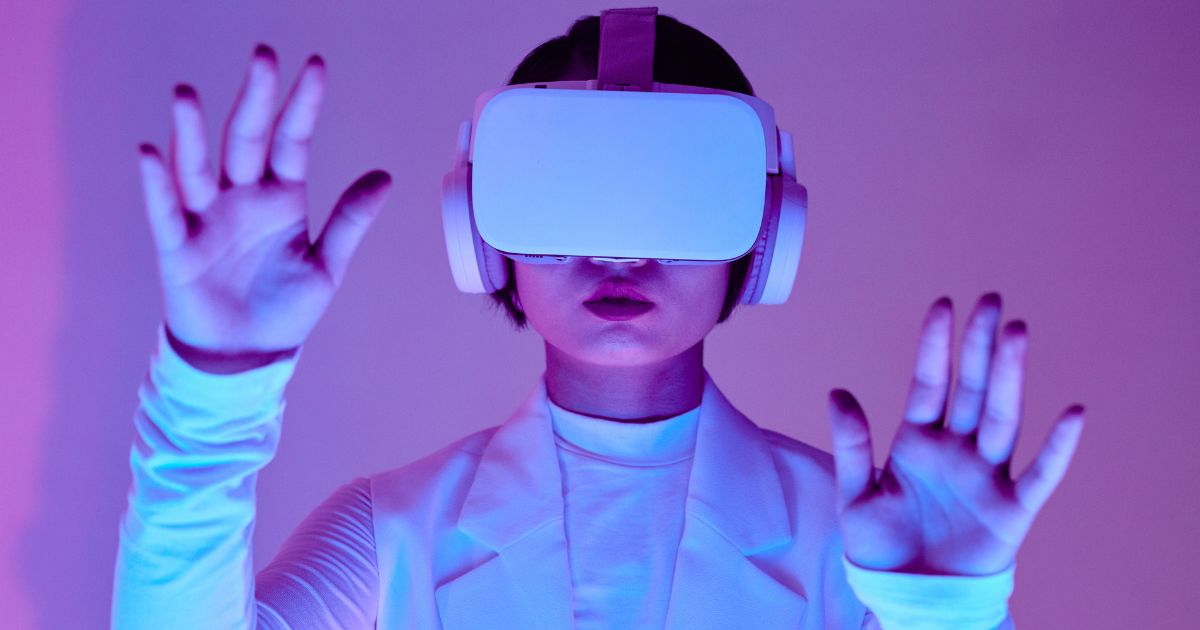
These changes improve work life for many.
VR in Everyday Life
VR makes everyday activities more fun. People can shop in virtual stores or attend online events. It allows them to explore the world from their homes. This creates new opportunities for connection.
Making VR Fair for All
VR has the power to change lives, but it must be fair. Everyone deserves access to its benefits. By lowering costs and supporting communities, VR can truly become a tool for everyone.
VR Revolutionizing Social Interactions
Virtual reality is changing how people connect with others, creating virtual spaces for gatherings. Friends can meet in VR environments to chat, play games, or even attend virtual concerts. These interactions feel more personal than texts or video calls. For people living far from loved ones, VR offers a sense of closeness that bridges the physical distance. It also provides a platform for marginalized communities to come together and share experiences in a safe space.
VR and Health Innovations
VR is helping improve healthcare in new ways. Therapists use it to treat anxiety and PTSD. Patients explore controlled environments to face fears safely. For example, someone scared of heights can practice being in high places through VR. Surgeons also use VR to plan surgeries, making operations safer and more successful. These tools are improving treatment and recovery for many people.
Teaching About the Environment with VR
VR helps people understand environmental problems better. Users can see melting glaciers or polluted oceans. These experiences make climate change feel real and urgent. For example, someone might explore a forest affected by deforestation. This helps people care about protecting nature. VR can inspire stronger efforts to save the planet.
VR Transforming Fitness and Sports
Virtual reality is changing fitness and sports by offering new ways to practice and stay active. Athletes use simulations to plan game strategies and improve their skills.
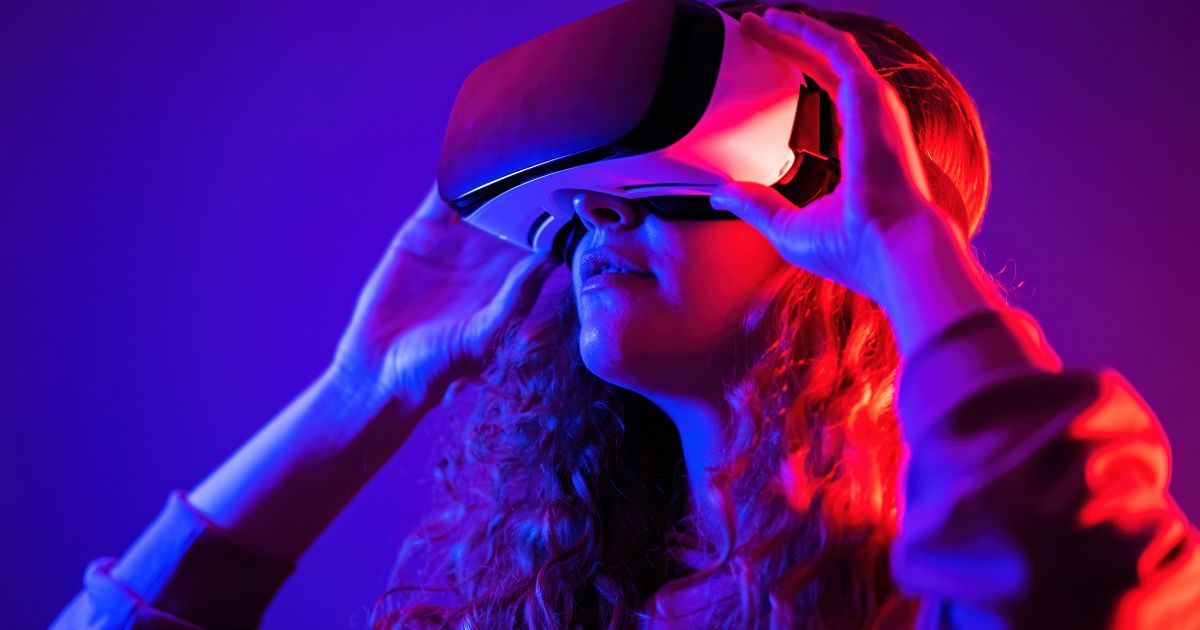
Fitness apps turn exercise into fun experiences, like exploring virtual landscapes or racing against challenges. These tools make staying healthy easier for people who find gyms boring or repetitive.
Making VR More Accessible
The high price of VR headsets stops many people from trying this technology. Costly devices and limited infrastructure in some areas create gaps in who can use VR. This means only wealthier individuals benefit from its potential. Reducing costs and providing subsidies would help make VR available to more people. This change could close the gap and make the benefits of VR fairer for everyone.
The Socioeconomic Implications of VR Accessibility
The stratification of access to VR technology epitomizes the broader systemic inequalities entrenched within modern economies. With exorbitant hardware costs and infrastructural deficits in marginalized regions, the democratization of VR remains an aspirational ideal. Addressing these disparities necessitates multi-sectoral interventions, including subsidized manufacturing, equitable distribution networks, and policy-driven mandates. Without such measures, VR risks entrenching existing digital hierarchies rather than dismantling them.



